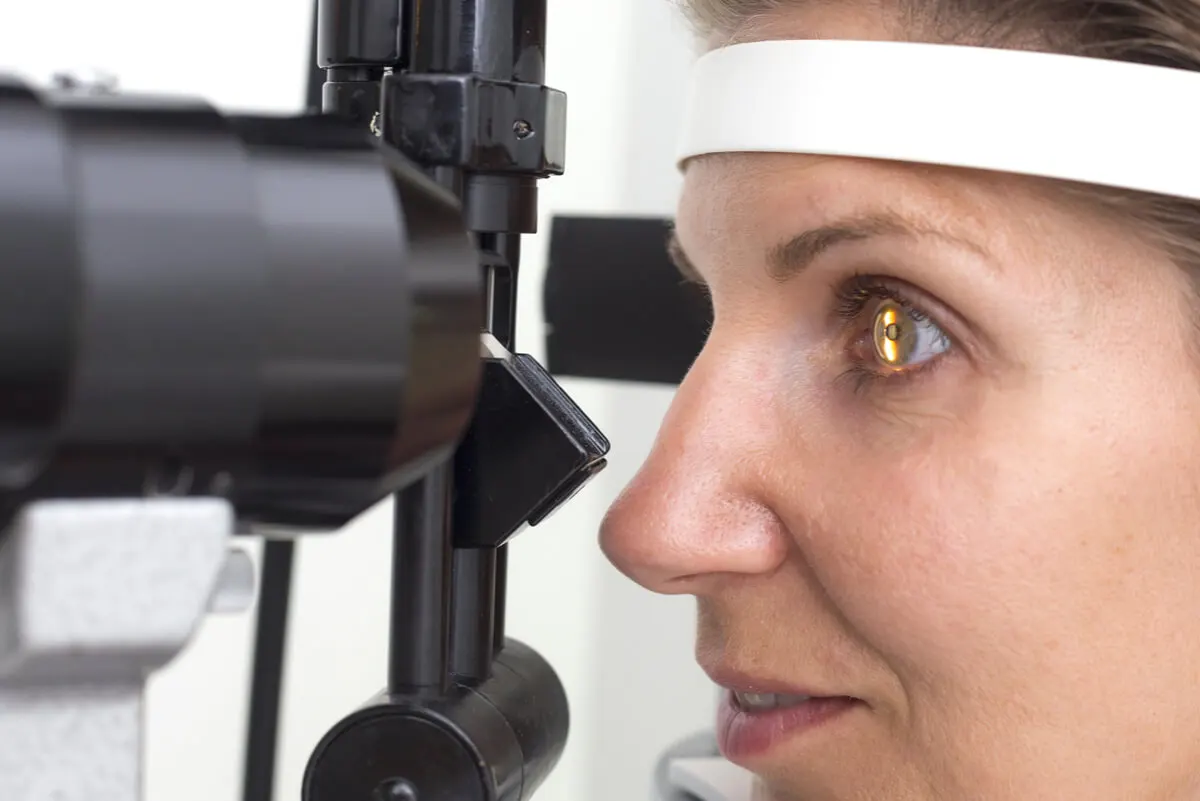American Optometric Association Recommends Eye Exams Every Year


Written and verified by the doctor Leonardo Biolatto
The American Optometric Association (AOA) has published its new guidelines on vision screening and ophthalmologic control for adults. And this time we came across something new: the expert consensus recommends eye exams every year for those 18 and older.
Prior to this update, the AOA had a different criterion for the frequency of eye exams in adults. This was the previous suggestion:
- 18-39 years: one screening every two years and an annual one only for those with risk factors.
- 40-64 years: the same recommendation as the previous age group.
- Over 65 years of age: an annual check-up.
Therefore, the American Optometric Association’s change reduces the interval of the eye exam in a large number of people. However, not all experts agree with the new guidelines and some countries even recommend a different frequency.
Why did the AOA change its guidelines about eye exams?
The American organization states that the prevalence of visual problems is very high. Therefore, the suggestion to shorten screening times would be one more tool to quickly detect and treat eye disease.
According to the World Health Organization (WHO), there are approximately 200 million people suffering from some form of blindness in the world. Specifically, in the United States, 4.2 million people over the age of 40 suffer from actual blindness or very poor vision, according to data from the Centers for Disease Control and Prevention (CDC).
Many of these cases are preventable. That is, if there were early detection, treatment could be provided to prevent the progression to complete vision loss.
The AOA’s intention goes beyond the whole subject of blindness, which is a real, economic and social problem. This medical organization advocates global thinking about the relevance of sight:
The updated guideline provides doctors of optometry with the means to provide quality comprehensive eye exams that directly result in improved visual function and quality of life for the patient.

What is the directive in other countries?
The annual eye examination proposed by the American Optometric Association doesn’t meet with approval in all medical fields. In fact, some specialists in the United States have stated that the frequency is excessive for people with no risk factors and no symptoms.
The American Academy of Ophthalmology has an eye exam protocol in force that was last reaffirmed in 2009 and which doesn’t agree with the AOA. There it’s stated that there should be a comprehensive eye examination at age 40. After that, if there are no risk factors, then they day you don’t need a test until you’re 54, and then every 2 to 4 years. When there aren’t any symptoms or risk factors, the frequency would be reduced to 1-3 years after the age of 55.
But what is recommended in other countries? Let’s see:
- Argentina: the Health Ministry in this country establishes an annual ophthalmologic checkup for everyone over 40 years of age.
- Spain: the Spanish Society of Ophthalmology agrees and recommends an annual check-up after the age of 40.
- Mexico: the Mexican Government urges annual check-ups, but specifies that this frequency is essential for those with risk factors, such as high blood pressure or diabetes.
- England: the UK College of Optometrists has a particular scale based on adult risk and age. This association proposes screening every 2 years in those over 16, reducing to one year when problems such as diabetic retinopathy have been diagnosed.
The difference between consensus and evidence
The recommendation of an annual visual examination by the American Optometric Association clarifies in its guide that this is the consensus of experts, when it comes to patients between 18 and 64 years of age. This means that it’s a recommendation made by physicians with a specific field of expertise.
However, the consensus isn’t fully based on scientific evidence, but on experience. This means that there are no conclusive studies and research that can serve as solid support.
On the contrary, the annual eye exams for those over 65 years of age do have scientific evidence to support the recommendation. There is research and analysis that has demonstrated the usefulness of eye exams every year in older adults.

What should I do with the AOA’s new recommendation?
The logical question we come to is what decision to make as patients. Do we comply with the American Optometric Association’s advice of one eye exam per year? Or do we abide by the current advice in our country of residence?
Some studies that were conducted to determine the influence of age on vision and the need for glasses found that at the age of 55 there’s a tipping point. That is, from that point on, visual acuity screening seems to become more important, as people who are referred to an ophthalmologist receive the glasses they need for their vision problem.
From the age of 55, according to science, an annual eye check-up may be more useful.
The AOA clarifies that its proposal is for a complete eye examination and not just a visual acuity screening. The expert who performs the examination should investigate family medical histories, assess color perception, track myopia, hyperopia, and astigmatism, as well as analyze eyeball movements.
Specifically, if you’re older than 18 and younger than 65, and an annual eye exam is available, then it isn’t a bad idea to do it. If you don’t have symptoms or risk factors, you can space this out and do it every 2 years.
All cited sources were thoroughly reviewed by our team to ensure their quality, reliability, currency, and validity. The bibliography of this article was considered reliable and of academic or scientific accuracy.
- CDC. (2022). Common Eye Disorders and Diseases. https://www.cdc.gov/visionhealth/basics/ced/index.html
- Dobbelsteyn, D., McKee, K., Bearnes, R. D., Jayanetti, S. N., Persaud, D. D., & Cruess, A. F. (2015). What percentage of patients presenting for routine eye examinations require referral for secondary care? A study of referrals from optometrists to ophthalmologists. Clinical and Experimental Optometry, 98(3), 214-217. https://onlinelibrary.wiley.com/doi/abs/10.1111/cxo.12255
- Irving, E. L., Harris, J. D., Machan, C. M., Robinson, B. E., Hrynchak, P. K., Leat, S. J., & Lillakas, L. (2016). Value of routine eye examinations in asymptomatic patients. Optometry and Vision Science, 93(7), 660-666. https://journals.lww.com/optvissci/fulltext/2016/07000/value_of_routine_eye_examinations_in_asymptomatic.3.aspx
- Morka, E. D., Yibekal, B. T., & Tegegne, M. M. (2020). Eye care service utilization and associated factors among older adults in Hawassa city, South Ethiopia. PLoS One, 15(4), e0231616. https://www.sciencedirect.com/science/article/pii/S0161642014006241
- OMS. (2022). La OMS presenta el primer Informe mundial sobre la visión. https://www.who.int/es/news/item/08-10-2019-who-launches-first-world-report-on-vision
- Radner, W., & Benesch, T. (2019). Age-related course of visual acuity obtained with ETDRS 2000 charts in persons with healthy eyes. Graefe’s Archive for Clinical and Experimental Ophthalmology, 257, 1295-1301. https://link.springer.com/article/10.1007/s00417-019-04320-3
This text is provided for informational purposes only and does not replace consultation with a professional. If in doubt, consult your specialist.








